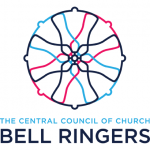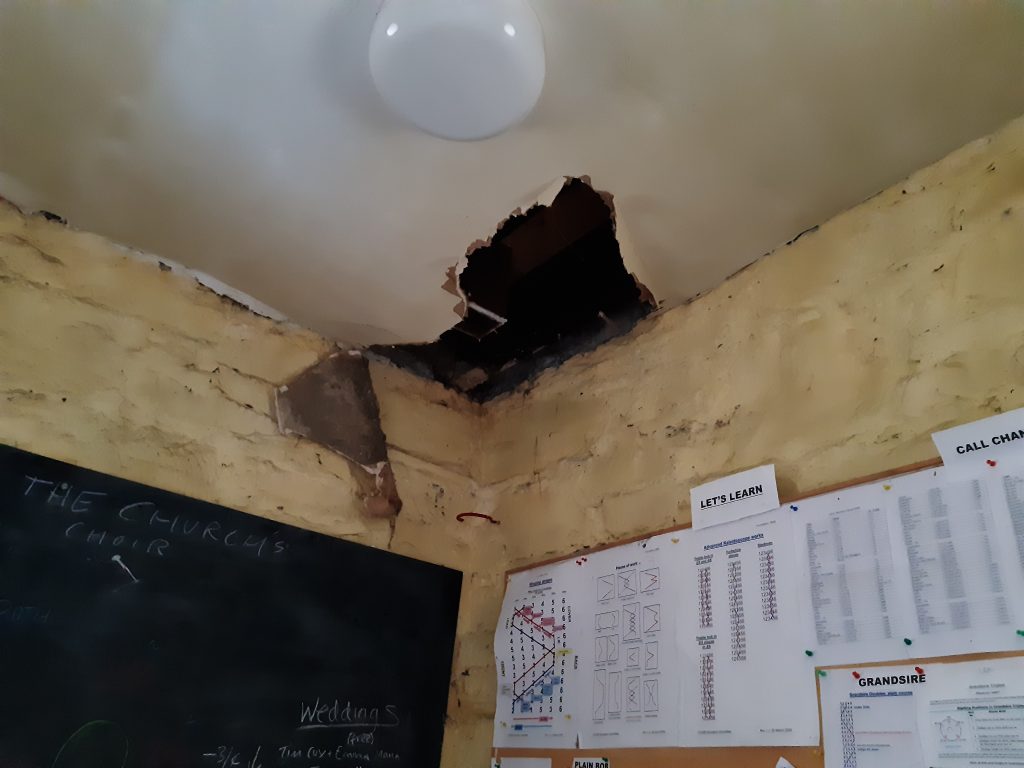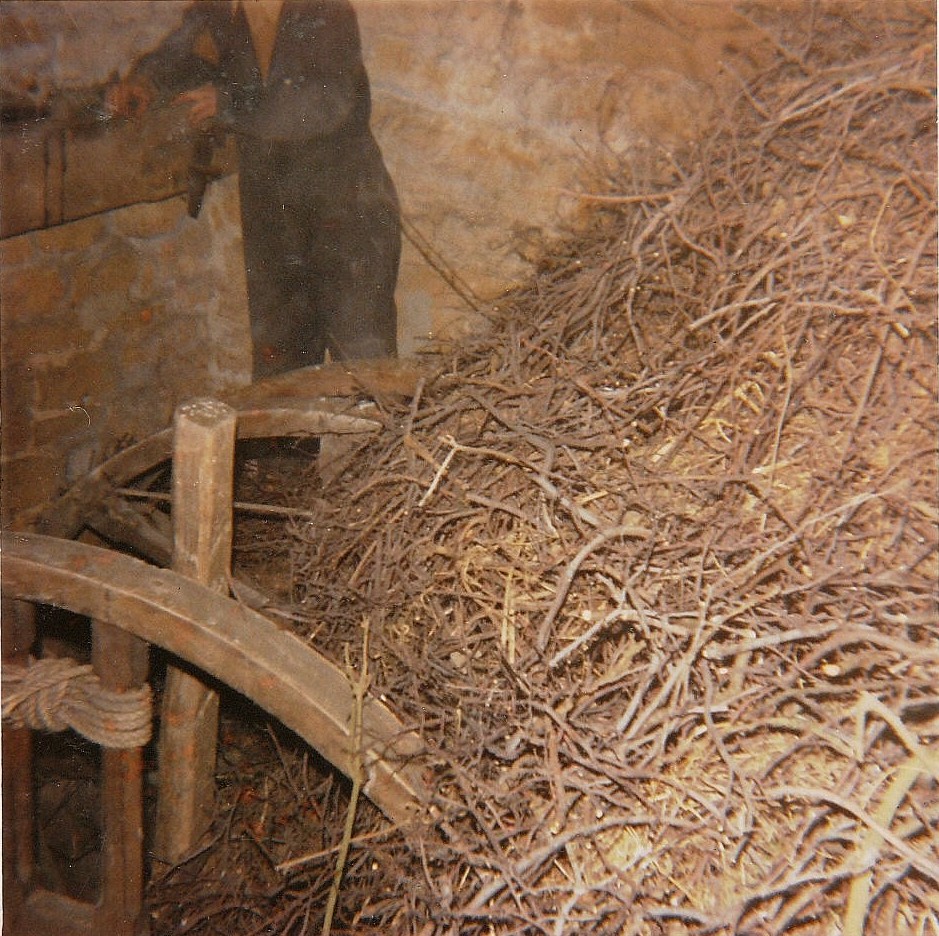
Don’t assume nothing has happened up the tower since you last rang. After a period without ringing, there are a number of things that should be checked. Not all of these will apply to your tower. This third in a set of six guidance notes gives some key things to check before recommencing ringing.
In doing these checks, follow the guidance set out by your church for social distancing and adopt normal safe practices for accessing the ringing room and bell chamber.
It’s not up to us
It is up to the Incumbent whether we ring or not. Re-starting ringing should be with their permission.
Ringing Room
- Remember that the bells might have been left up
Clock room and any intermediate spaces
- Clock may have stopped and links disconnected (risk of tangling with bell installation)
- Check pulleys still running freely
- Check nothing has come dislodged and could interfere with the ropes when moving
Bell chamber
- Check nothing is obstructing any of the bells
- Bells left up may have filled with water
- Check for nesting birds, squirrels, etc
- If work has been done in the tower check that nothing has been left in the way of bells
- Inspect ropes for rot or rodent damage
- Are shutters / louvres in place correctly?
- Check generally that nothing untoward seems to have occurred
A full risk assessment covering actions needed following an extended period during which church bells have not been rung has been produced by the Central Council’s Stewardship & Management workgroup and is available
Case Study: re-start of ringing in the Isle of Man
Ringing resumed in the Isle of Man in June following the elimination of the virus from the island. The experience at the two towers is a model for how to approach the re-start and what may have occurred.
Following lockdown in March, the DAC put together a check list of inspection during lockdown. It was only to be done by nominated persons. Those persons were expected to check all rooms within the building. Specialists (bell ringers, organists, etc) were allowed to assist, observing social distancing, lone working rules, etc. (Note that church access permissions differed on the Isle of Man)
As churchwarden at Douglas, ringer Ernie de Legh-Runciman checked the tower once a week. On the 7th April, the damage to the plaster ceiling was found. Approximately 4 m2 of plasterboard in the corner of the ringing chamber had fallen down. If the tower had not been inspected, this damage would not have been found until ringing resumed, which would have delayed the re-start as a contractor was needed to complete the works.
At another tower, some louvre netting had come down over the bells which had to be removed before ringing started.
Prior to ringing, a small working party at Douglas went to the tower to check the bell installations (ropes, stay bolts, clappers, etc) before ringing the next week.
These experiences emphasise the importance of working with the church authorities. Regular inspections are ideal, however a full inspection of the installation prior to ringing should be carried out by an experienced person.


